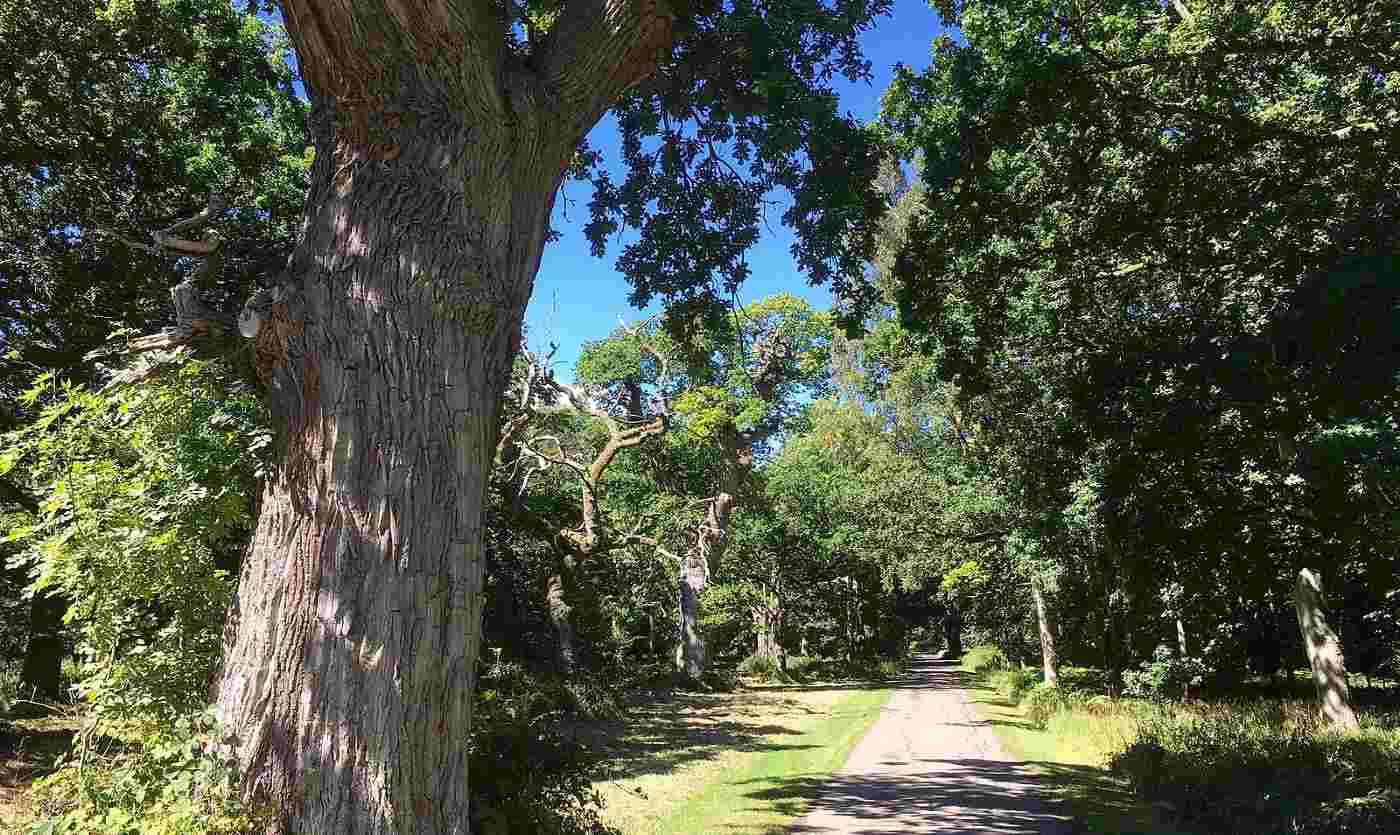Australia Cut Plastic Waste on Her Beaches by Nearly One-Third Over Just 6 Years
The authors state it is a result of locally focused waste control strategies, and what Australians can do when they band together.

Oaks with lives stretching back to the founding of modern England are being utilized to create "super forests" that support a new quality-over-quantity reforestation strategy.
The trees, the oldest of which is thought to be 1,046 years old, contain the genetic lineage of multiple shifts in Earth's climate, and untold episodes of disease, pests, fires, and more, and are thought to be able to pass that information on through their acorns.
At Blenheim Palace and Estates in Oxfordshire, nature has a special role in even a developed area of the country like the southeast. WS reported last year that a bee expert found 800,000 native honey bees spread across dozens of hives from a species once thought extinct, all sheltering in trees on Blenheim's measly 400 acres.
Even more remarkably, those 400 acres, which are the subject of a major rewilding project, also contain the largest concentration of ancient oak trees anywhere in Europe. Blenheim recently received a grant from the British government of £1 million ($1.3 milllion) to plant 270,000 trees across nine separate locations totaling around 250 acres near the rivers Dorn and Glyme-part of Boris Johnson's plan to increase the environmental resiliency and richness of rural areas by paying landowners to plant and maintain forests with public access.
Blenheim Palace has a chief forester, and a tree nursery for bringing up the descendants of its timeless residents. 2020 was a "mast year" for acorns, the term for a bumper crop in forestry science.
The seedlings are currently turning into saplings, and the slow-growing hardwoods will form the anchors of a new method of reforestation, dubbed by the media as "super forests."
After it became clear in the early 2000s that there was a potential to mitigate humanity's impact on CO2 emissions by planting trees, enormous projects were launched all over the world. However many of them were short-sighted, and involved essentially corn or rice mono-cropping, only with trees instead.
Now, a new concept of reforestation involves combining species of deciduous and coniferous trees-together with native ground cover and shrubs-to create a diverse mosaic of native vegetation that looks far more like the forests that covered England when the Blenheim oaks were yet young.
The Blenheim project along the Dorn and Glyme will involve no fewer than 27 tree species. Conifers will soak up carbon more rapidly, while a mixture of hard and soft broad-leaf trees will host hundreds of species of insects, birds, and fungi. Parkland trees will line the borders of the forests and provide valuable timber to help the forests pay their own way.
"If we can say, look-there is a model that works both financially and from an asset value perspective, then this hopefully will encourage others to follow at scale," Forester Nathan Fall, who works on the project, told the BBC.
The Blenheim oak saplings will become the most important part of the puzzle. They will provide the forests with teachers and knowledge, for contained within the genetic material of ancient trees, it was recently shown, lies the information whole forests need to stay resilient and long-lived, and to overcome climatic shifts and disease.
The number of these ancient trees in a forest biome tends to correlate with the resilience of that ecosystem, and the fewer there are, the more often the forest suffers massive damage from environmental effects. Blenheim hopes their oak saplings can grow to fill this role in the super forests.
They will be planted in at the entrances and in groves to create nurseries and classrooms where they can grow to support each other, and the forest at large.
Currently, some of the oaks are already in the ground, alongside sycamores, lime, and hornbeams, but the forest will need several decades before it's really rocking and rolling.
GROW the Good News For All to See; Share This Story…
Be the first to comment